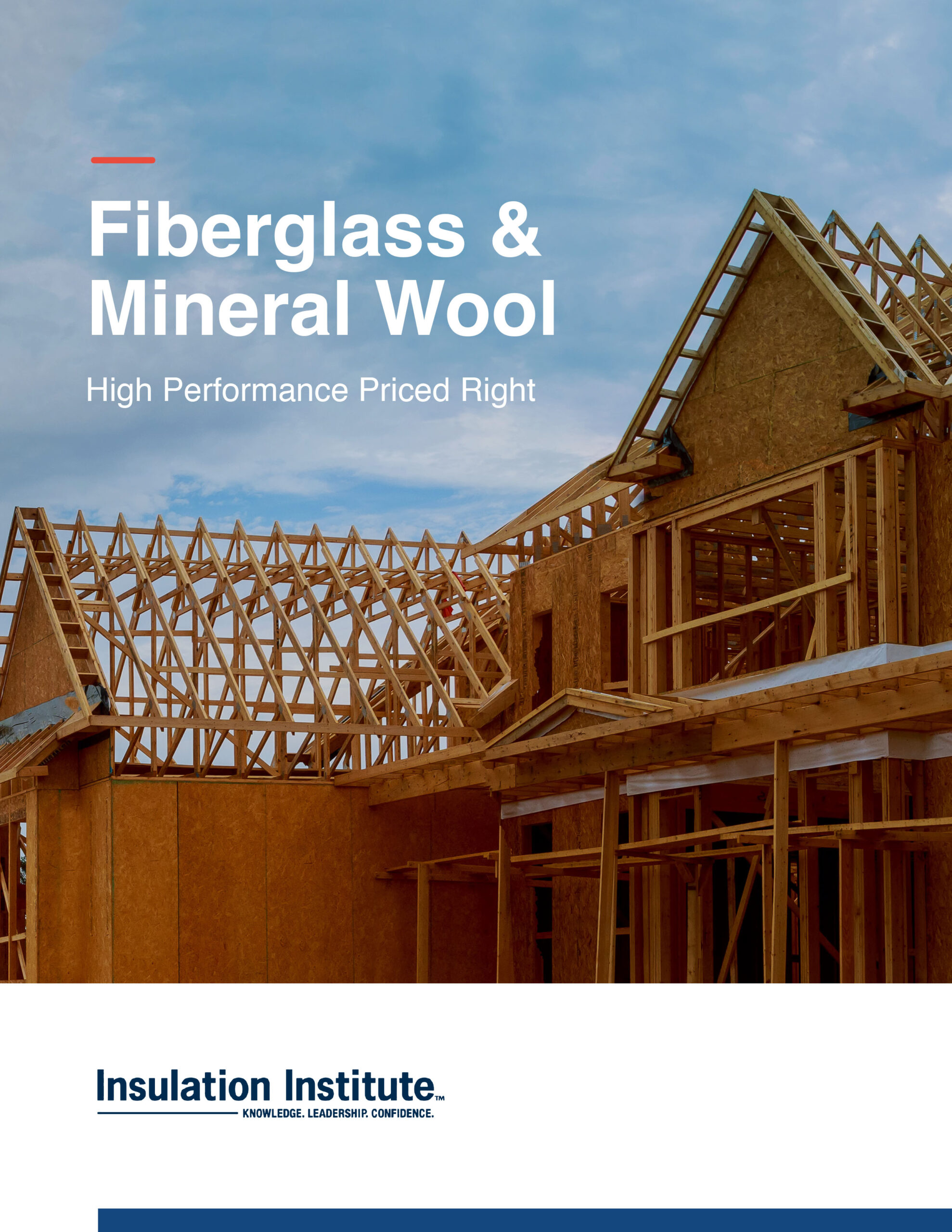Responsible for nearly 40 percent of global climate emissions, buildings are critical to the government’s response to climate change. As lawmakers and climate advocates look for new policies that will curb greenhouse gas emissions from the built environment, the old rallying cry for energy efficiency is being replaced by calls for policies that drive building decarbonization. This leads to the question, just where does energy efficiency fit in this broader goal of decarbonization?
Details »Insulation Institute Blog
Despite the ongoing pandemic, 2021 was a record-breaking year for investment in the energy transition and renewable power, battery storage, and sustainable transportation, according to the 2022 Sustainable Energy in America Factbook, published by BloombergNEF (BNEF) and the Business Council for Sustainable Energy (BCSE). This tenth annual edition of the Factbook concludes that unprecedented injection of new capital into companies, technologies, and projects, as well as a wave of supportive new policies, drove the growth in clean energy transition and energy efficiency.
Details »According to the U.S. Department of Energy, improperly installed insulation and air leakage can waste 20 percent or more of the energy used to heat and cool a home. For builders, this can wreak havoc on productivity, resulting in callbacks, jeopardizing code compliance, reducing HERS scores, and delivering homes that are less energy efficient and comfortable for homeowners.
Details »The Building Talent Foundation (BTF) recently released the results of a survey on talent retention in the residential building and skilled trades arena. The results could help home builders and contractors improve employee retention strategies in a hot housing market faced with numerous pressures, including competition for workers due to the pandemic.
Details »It’s difficult to determine how much air is entering a house through walls that are built, not only for shelter and support but also to prevent airflow as an energy conservation measure. However, several ASTM tests are available to accurately measure airflow through common walls to aid in determining problem areas and finding ways to abate unwanted airflow.
Details »No matter your building challenge, fiberglass and mineral wool will meet the job’s demands. Fiberglass and mineral wool insulation make up 72% of the insulation material in new homes for a reason.[1] Both products are highly cost-effective selections to meet desired labeled thermal performance.
Our new
NAIMA just released a new factsheet summarizing the industry’s use of recycled materials in 2019 and 2020. Over the two-year period, U.S. and Canadian insulation manufacturers used 4.1 billion pounds of recycled glass and 1.33 million pounds of recycled slag in the production of thermal and acoustical insulation.
Details »This week, Residential Energy Services Network (RESNET) reported that 313,153 homes received a Home Energy Rating System (HERS) Score in 2021. The number of HERS homes continues to break records, having eclipsed the 299,775 in 2020. More than 3 million homes have been rated since the inception in 1995 of HERS scores, which are a home’s equivalent of a miles-per-gallon rating for cars.
Details »According to a report issued by the National Oceanic and Atmospheric Administration (NOAA) this week, 2021 was the sixth warmest year on record.[1] Further, the hottest decade ever recorded occurred between 2009 and 2019.[2] The planet’s warming trend is forcing home builders globally to get creative to address the challenges we’re confronting. Here are five ways the climate is reshaping housing.
Details »As the year winds down, we’re looking back at our most popular blog posts this year. If you’ve missed any of them, perhaps the end of 2021 will provide time to catch up!
Details »









